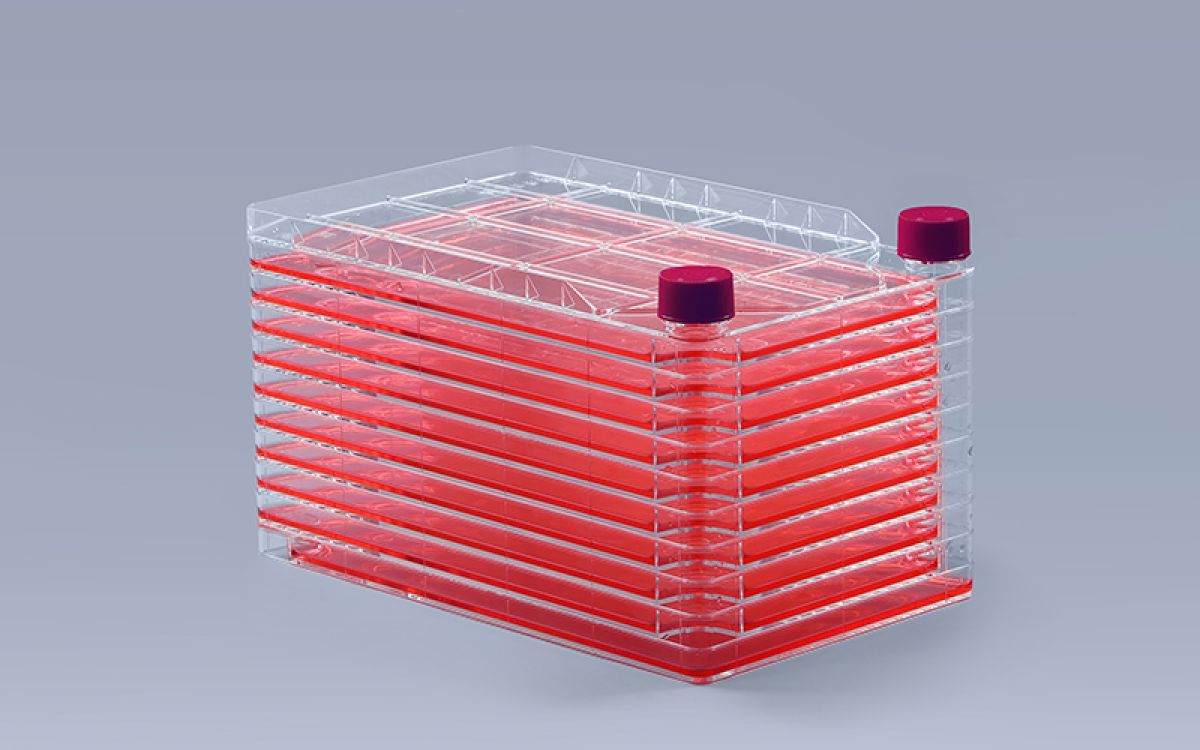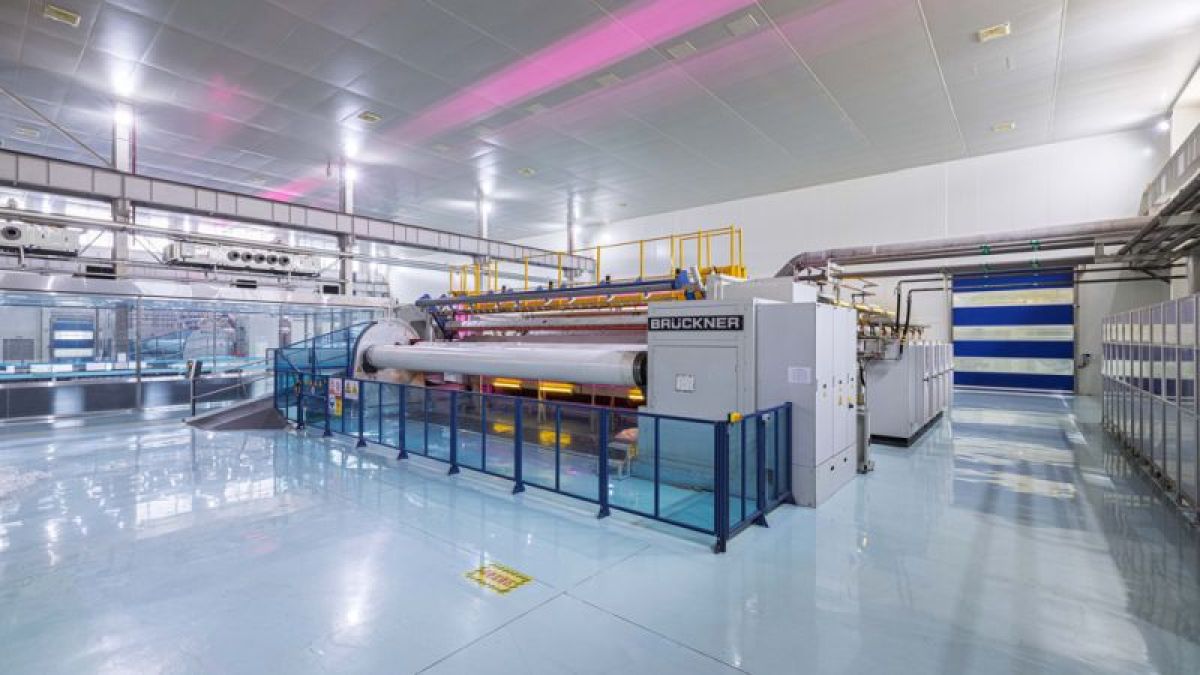Discover how minor changes in temperature, gas exchange, or surface conditions impact cell factoryproliferation efficiency and biomanufacturing outcomes.
I. Introduction
In large-scale cell culture, environmental stability is often taken for granted — yet even minor fluctuations in temperature, gas exchange, or surface conditions can profoundly affect cell proliferation efficiency.
For adherent cultures in multi-layer cell factories, these subtle variations may determine the success or failure of an entire batch.
II. Temperature: A Small Deviation, a Big Impact
Most mammalian cells grow optimally at 37°C, yet in stacked cell factories, temperature distribution can vary by ±0.5°C between layers.
This difference can alter:
Cell metabolism rate, influencing nutrient uptake;
Protein synthesis efficiency;
Doubling time of fast-growing cell lines.
For instance, studies have shown that CHO cell growth rate can decrease by 8–10% when temperature fluctuates beyond ±0.5°C for 24 hours.
III. Gas Exchange and CO₂ Stability
In closed culture systems, CO₂ concentration directly affects medium pH and cellular respiration.
Uneven gas distribution can cause localized pH gradients, leading to heterogeneous growth.
Advanced cell factory designs with optimized gas permeability and uniform air pathways can significantly minimize these effects.
IV. Surface and Shear Factors
The surface characteristics of culture vessels — including hydrophilicity, roughness, and coating uniformity — directly influence cell attachment and spreading.
Small inconsistencies can lead to uneven adhesion, limiting nutrient exchange and local cell density.
Moreover, during medium filling or harvesting, shear stress differences caused by uneven flow distribution may trigger partial detachment of cells.
Precision-treated growth surfaces and optimized flow path designs help maintain stable adhesion and reduce mechanical stress.
V. Closed System Design: Minimizing External Variables
Modern tubing-integrated cell factories create a sealed culture environment, minimizing contamination risks while maintaining uniform gas and liquid distribution.
Such systems not only improve reproducibility but also enable automation and real-time process control.
VI. Conclusion
In large-scale adherent cell culture, small environmental fluctuations can have amplified effects on growth and productivity.
From temperature to gas flow, from surface treatment to closed-loop design — every micro-condition counts.
Only through high-precision manufacturing and stable system performance can the cell factory truly become a reliable engine of biomanufacturing.




